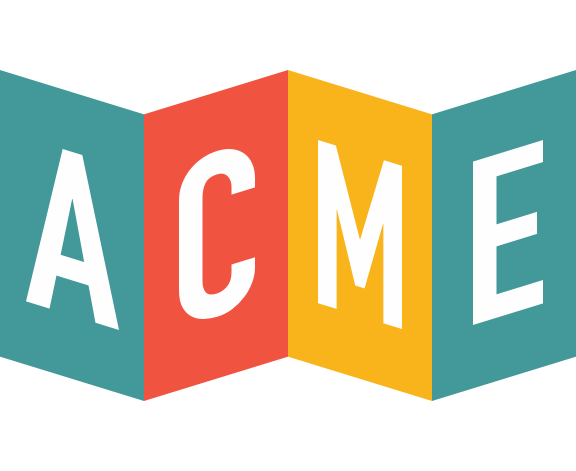
Virtual Event Planning Checklist
November 15, 2021
With more companies, institutions, and organizations going remote as a result of the COVID-19 pandemic, it’s important to have a vetted and trusted virtual planning strategy.
Planning a virtual event that doesn’t have to be a huge hassle. With the right strategy and preparation, you can seamlessly get your virtual events up and running for all your donors, visitors, and community members.
One way to ensure you run a memorable and incredible virtual event is through a virtual event planning checklist. A virtual event checklist will act as a road map, allowing you to take the process step-by-step in a seamless manner.
Below we’ll get into every step of your virtual planning checklist.
Virtual event planning
Creating a checklist for your virtual event will dramatically increase your chances at hosting a successful and memorable event for your community members. Below we’ll take a look at the various steps of a virtual event checklist.
- Define your goals and purpose
- The first thing you should define are the goals and purpose of your event. If you’re hosting a virtual fundraising event, identify your fundraising goals. If the goal is to raise awareness, make sure that purpose is clearly defined in your checklist so everyone involved knows what they’re working toward.
- Virtual event Timeline
- Once you have your goals and purpose defined, you can begin to set a day-by-day, week-by-week, and month-by-month timeline of your event. This is your outline and roadmap that will help to ensure your team members know what they’re doing at each stage of the process.
- Virtual event Budget
- It’s important to set a budget early on in order to know what your needs are and if you can meet those needs financially. It’s important to note that with no venue costs, food costs, or other in-person related costs, most of your budget will go to technology and marketing. This is where having a marketing plan can be invaluable.
- Tasks and Responsibilities
- Dividing tasks and responsibilities will be a crucial step in putting together your virtual event. Depending on the length of the event, your budget, and the unique set of needs for your specific event, you will have to divide the responsibilities and tasks between your team ahead of time.
- Deciding on a platform
- Different platforms come with different advantages, and there are a few things to consider when selecting a virtual platform. If most of your content, shares, and traffic from a social media platform, like Facebook, you may consider sticking to what already resonates with your base. Otherwise, go with a familiar platform, like Zoom or Google, to make the experience as seamless as possible.
One way to make this process easier to manage and more efficient to track and assess is through a virtual template. Below we’ll look at what this might look like and how you can utilize it to your benefit.
Virtual event planning template
Virtual templates can help make the whole process easier for your team and organization. Templates can help simplify the entire process or at least provide you with a frame of reference from which to build off of.
Whether you decide to integrate a template or create a checklist on your own, a virtual planning checklist can help you host a successful event that your donors and community members will remember.
How ACME can help
ACME’s ticketing and membership management platform can help manage your online ticket sales, connect with your audience through a comprehensive CRM, and organize events.
ACME helps to deliver outstanding in-person events and virtual events. Whether you’re selling paper admissions or a password to your latest Zoom link, ACME can make it easy and enjoyable for both your team and your guests.
If you have a virtual event coming up, request an ACME demo to see how we can help.

